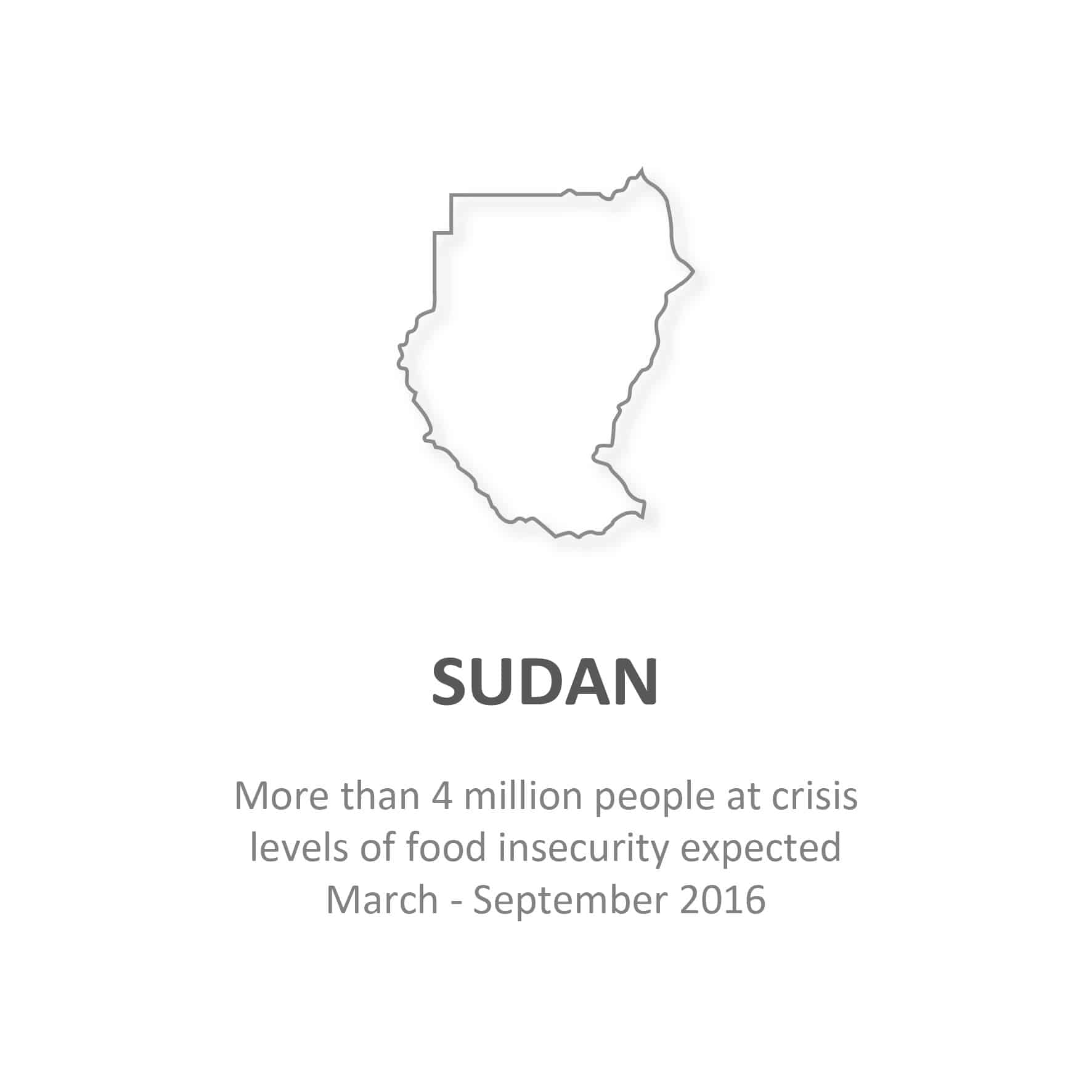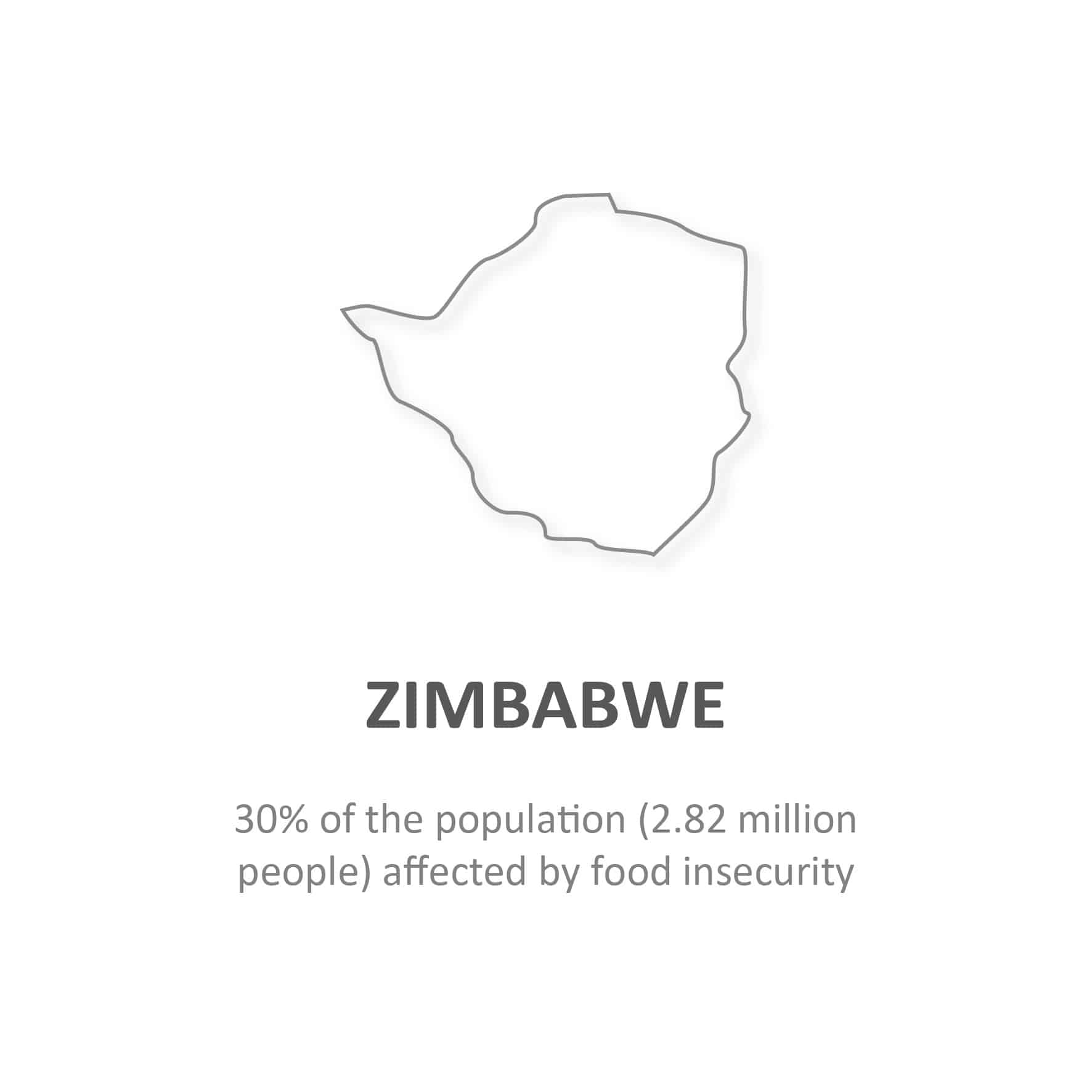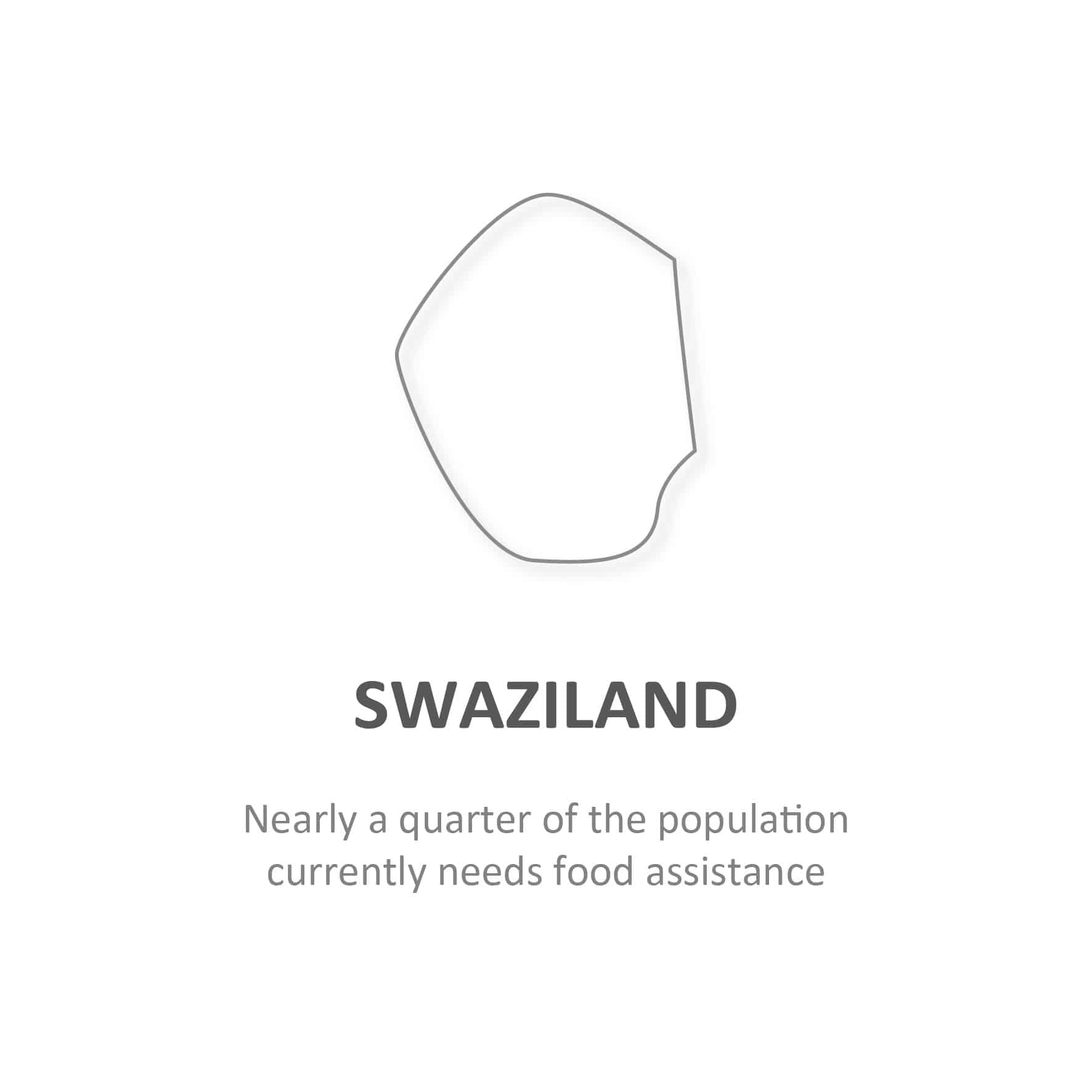An overview of El Niño in Africa
The mechanics of El Niño
Despite its ominous name, El Niño is a natural meteorological event that occurs every seven to eight years. Trade winds across the Pacific weaken, and a body of warmer water that usually lies in the Western Pacific Ocean escapes eastward. The shift in temperatures and the release of heat into the atmosphere as warm water meets cold, results in changes in weather patterns across the world. The graphic below represents some of the anticipated effects on a global scale.
Beware the lag effect
While meteorologists indicate that the strength of the current El Niño is waning and may have ended mid-May 2016, the humanitarian impact and the economic ripple effects are still growing.
The United Nations World Food Programme projects that food insecurity (perhaps the most readily apparent and widely reported effect) has not yet hit its worst levels, and is only likely to peak by December 2016. The graph below depicts that the actual numbers of people needing assistance continue to rise, even as the severity of the meteorological episode ebbs.
The strength of the El Niño episode, an aggregate measure of effects on the variance in rainfall, vegetation and growing seasons, is tracked by the bar graph on the vertical axis. The episode is indicated to have peaked in strength in the fourth quarter of 2015. The blue area tracks the number of people who required assistance from 2015. It is clear that humanitarian aid is typically not required right from the start of the episode (with most crops and countries able to withstand shorter-run weather disruptions), but it is equally clear that it extends well beyond the duration of the phenomenon.
 Source: United Nations Office for the Coordination of Humanitarian Affairs
Source: United Nations Office for the Coordination of Humanitarian Affairs
La Niña threatens
Also illustrated in the chart, is the potential onset of a La Niña event (experienced when the tropical Pacific cools-off again) threatening further weather disruptions. Meteorological agencies predict a 75% probability that a La Niña will develop before the end of 2016. The impact of La Niña is typically less widespread than El Niño, but can be equally disruptive to agricultural commodities. She brings drier-than-usual weather in some US states and South America. On the other hand, much of Australia and Central America, and countries in Asia, such as India and Indonesia, experience abnormally wet conditions. The direct impact on African markets is, therefore, likely to be limited – although supply and demand dynamics and price fluctuations may spill over and continue to affect food security on the continent.
El Niño in Africa
The current El Niño phenomenon, according to the World Meteorological Organization, is one of the three strongest since 1950. A number of African countries, including some of South Africa’s neighbours (Lesotho, Swaziland and Zimbabwe) have announced national states of emergency, with the Southern African Development Agency declaring a regional drought disaster in March 2016.
From a humanitarian perspective, immediate assistance is required beyond addressing food security and basic nutritional needs. El Niño-related extremes (due to the displacement of people or localised conditions such as flooding) heightens the incidence and spread of infectious diseases and affects the provision and quality of water and sanitation services.
Social safety nets to support the most vulnerable requires significant capital to maintain and expand. Few African governments have been able to plug the El Niño-exacerbated gaps in their social budgets; hence the numerous calls from global relief agencies to step-up intervention efforts in the humanitarian crisis.
Measures to alleviate food insecurity either by building and storing buffer stocks, or by importing staple foods from elsewhere, require secure physical infrastructure for warehousing and distribution. Africa is notorious for its poorly maintained road networks, with many of the most vulnerable people living in rural areas that are particularly difficult to reach. In a number of countries, civil unrest (for example Central African Republic and in conflict-ridden Sudan, and the presence of Boko Haram in Nigeria) introduces additional safety considerations in storing and distributing emergency assistance. Cash-strapped African governments are likely to need to allocate greater percentages of the national budget until at least 2018, potentially detracting from other much-needed longer-term physical and human capital investment projects, such as infrastructure and education.



